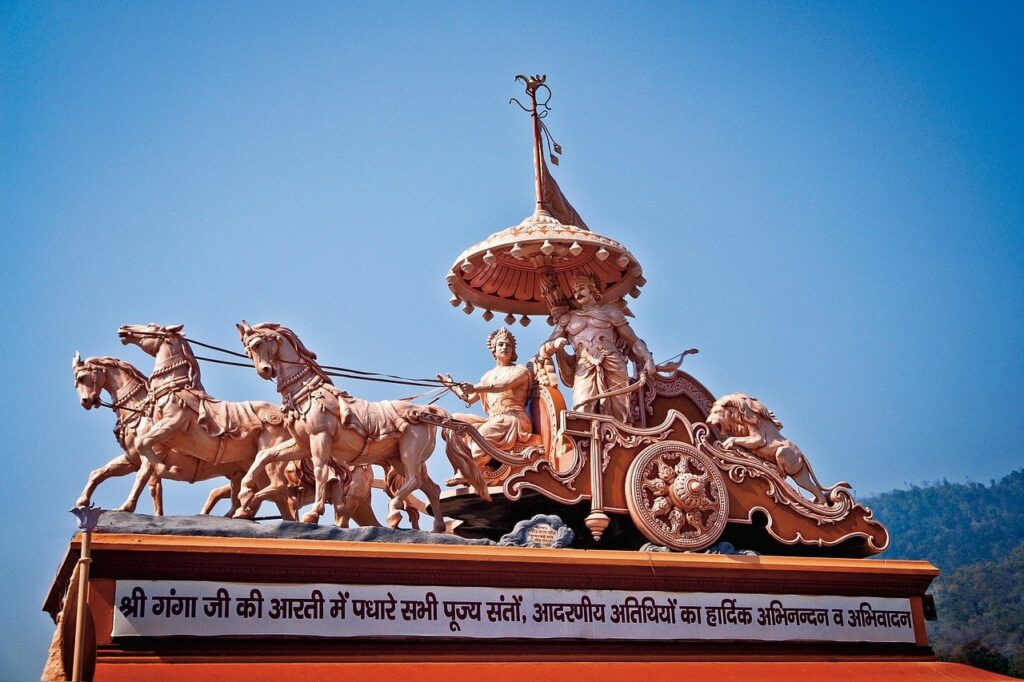
In this article, we delve into the awe-inspiring clash between two legendary warriors, Karna and Arjuna, an epic confrontation that stands as the pinnacle of the Mahabharata saga. This monumental battle unfolded on the 17th day of the Kurukshetra war, a day etched in history for its profound significance and the indomitable spirit of these two extraordinary heroes. After departing from the camp, Arjuna’s chariot raced toward the battlefield. As the fighting grounds drew nearer, he contemplated the challenging task of defeating his formidable adversary, Karna. The sun was already midway through the afternoon, and Arjuna knew that defeating Karna would require a fierce battle. He was well aware that he could not afford to be sidetracked by other Kaurava heroes, and he anticipated Duryodhana’s attempts to obstruct his path. The sounds of battle, the cries of warriors, and the clashing of weapons filled the air, confirming that Karna was amidst the Pandava forces, much like Mahadeva among the demons.
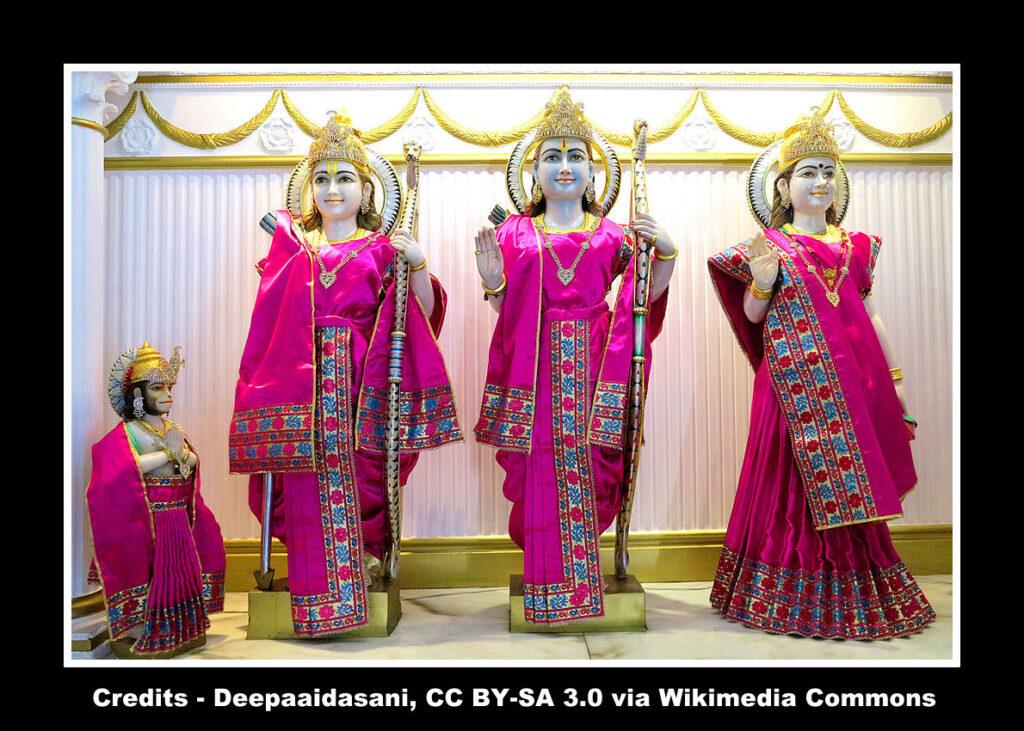
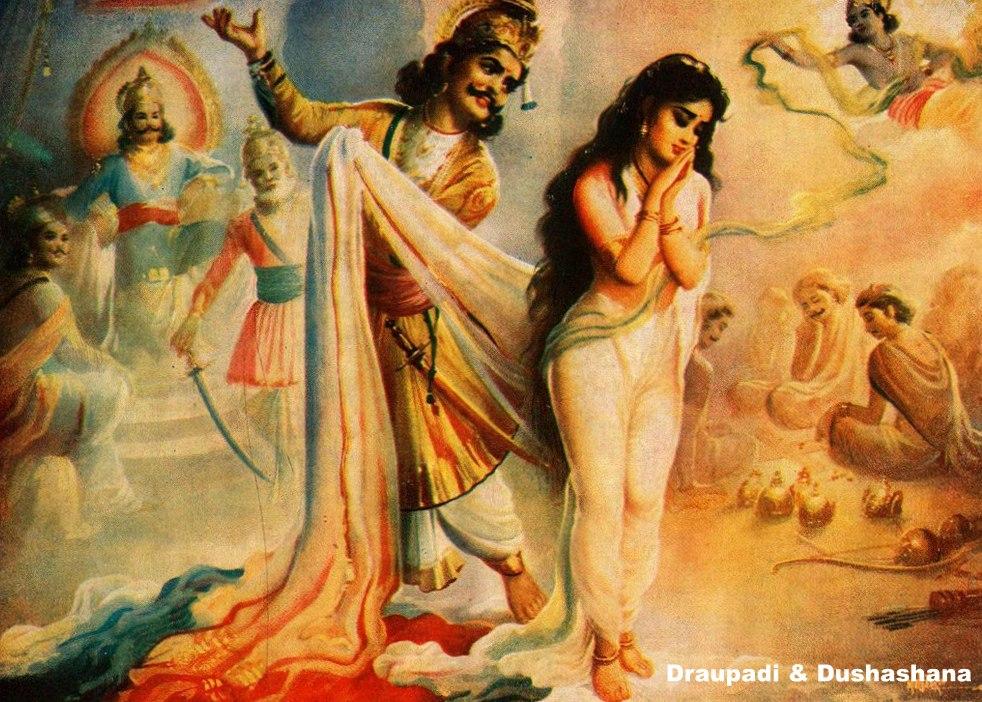
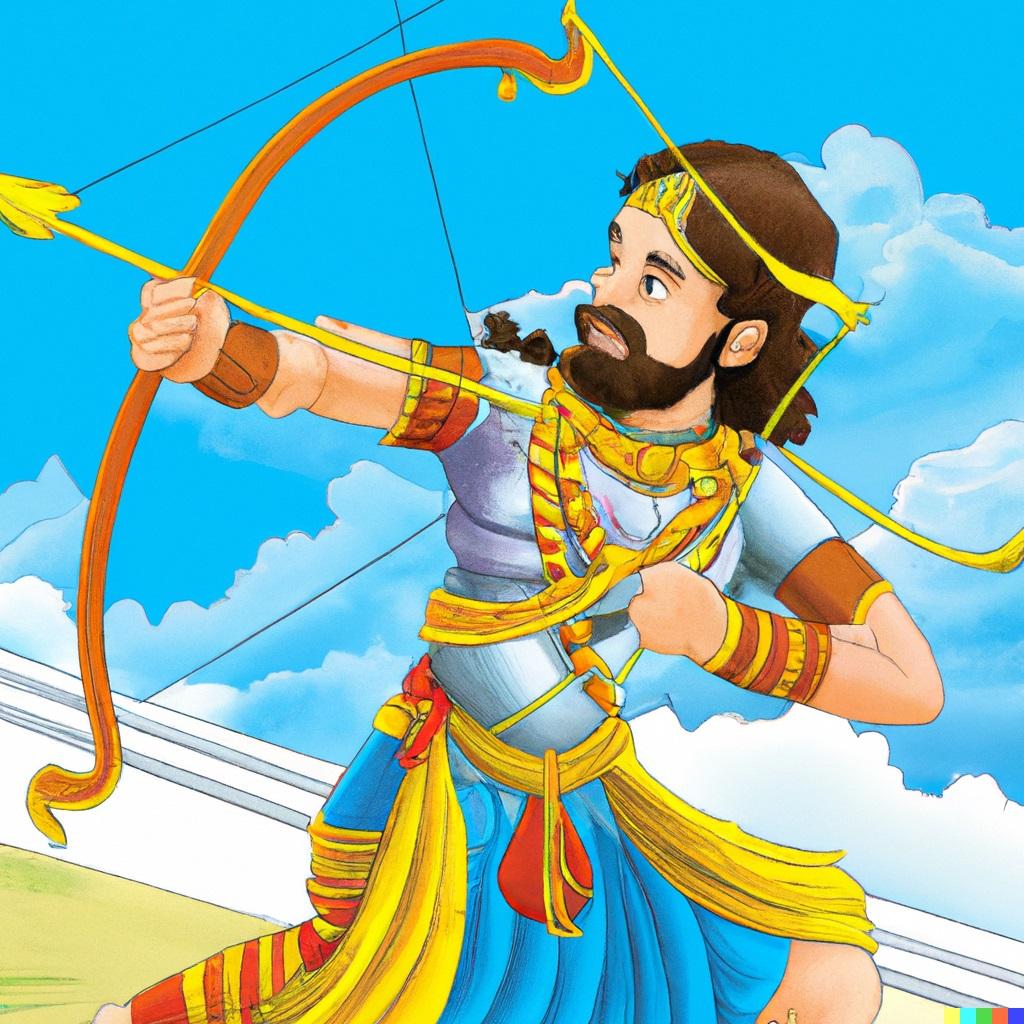

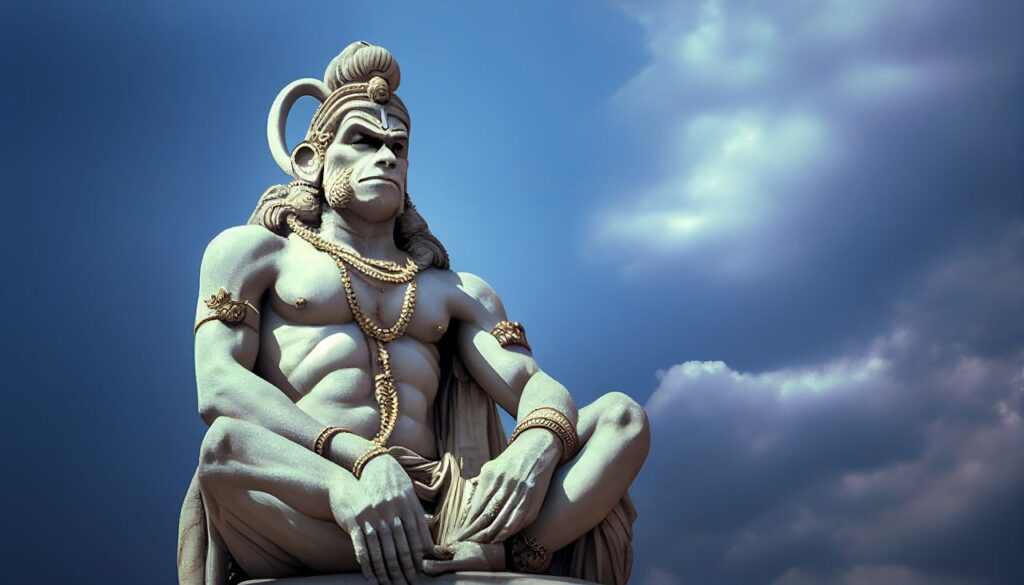



 Vegetarianism, referred to in Sanskrit as ‘shakahara’, has been a foundational aspect of health and environmental ethics deeply rooted in ancient Indian traditions for millennia. Throughout its
Vegetarianism, referred to in Sanskrit as ‘shakahara’, has been a foundational aspect of health and environmental ethics deeply rooted in ancient Indian traditions for millennia. Throughout its